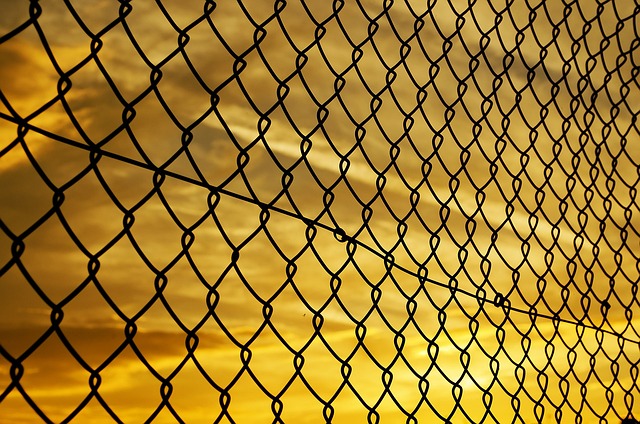In New Bedford, MA, the pursuit of sustainable living has extended beyond traditional eco-initiatives. Eco-friendly fencing materials are gaining popularity as both an aesthetic choice and a means to reduce environmental impact. This article explores how residents can contribute to a greener New Bedford by considering various fencing options—from natural wood to cutting-edge composites. By delving into the benefits, including reduced carbon footprint and enhanced curb appeal, homeowners will be empowered to make informed decisions that align with their eco-conscious values.
- Eco-Friendly Fencing: A Sustainable Choice for New Bedford
- Materials: From Wood to Innovative Composites
- Benefits: Environmental and Aesthetic Advantages
- Installing Green Fences in Your Yard
Eco-Friendly Fencing: A Sustainable Choice for New Bedford
In the pursuit of sustainable living, New Bedford residents now have a greener option when it comes to fencing their properties. Eco-friendly fencing materials are transforming outdoor spaces while offering numerous environmental and aesthetic benefits. These innovative alternatives to traditional fences not only enhance the beauty of homes but also contribute to a healthier planet.
New Bedford, with its rich history and coastal charm, embraces the opportunity to reduce its carbon footprint. By opting for eco-friendly fencing, residents can minimize their ecological impact while enjoying long-lasting, low-maintenance barriers that protect their properties and provide privacy. This sustainable choice is especially appealing in a densely populated urban setting like New Bedford, where responsible land management and conservation are essential.
Materials: From Wood to Innovative Composites
In New Bedford, MA, homeowners and landscape architects have a growing array of eco-friendly fencing materials to choose from, marking a significant shift away from traditional options. The market now offers a diverse range, from natural wood varieties like cedar and treated pine, known for their durability and aesthetic appeal, to innovative composites crafted from recycled plastic and wood fibers. These composite materials are particularly appealing due to their longevity, resistance to rot and pests, and reduced environmental impact compared to conventional fencing.
Beyond these, other sustainable options include bamboo, a rapidly renewable resource renowned for its strength and versatility, and various types of metal fencing crafted from recycled content. Each material brings unique characteristics, contributing to both the functionality and visual appeal of outdoor spaces while aligning with the growing demand for environmentally conscious solutions in New Bedford’s landscape.
Benefits: Environmental and Aesthetic Advantages
Eco-friendly fencing materials offer a compelling blend of environmental stewardship and aesthetic appeal, making them an excellent choice for New Bedford residents looking to enhance their outdoor spaces. These materials are typically made from sustainable sources, reducing the carbon footprint associated with traditional fencing options. By opting for eco-friendly alternatives, homeowners contribute to preserving natural resources and mitigating pollution, which aligns with growing global efforts to combat climate change.
On the aesthetic front, these modern fencing solutions seamlessly integrate with diverse landscape designs. From sleek, minimalist styles that complement contemporary homes to more organic, natural-looking options that blend harmoniously with lush gardens, there’s a fence type to suit every taste and neighborhood aesthetic. This versatility not only enhances curb appeal but also adds value to properties, making eco-friendly fencing a practical and desirable choice for New Bedford communities.
Installing Green Fences in Your Yard
Installing green fences in your New Bedford yard is an eco-conscious decision that offers both environmental and aesthetic benefits. These living barriers, made from plants like hedges, vines, or native shrubs, provide a natural alternative to traditional fencing. They not only reduce your carbon footprint by eliminating the need for synthetic materials but also create a vibrant, ever-changing landscape feature.
The process involves carefully planning the fence’s layout, selecting suitable plant species, and ensuring proper spacing for growth. Planting and maintaining these green fences requires regular care, including watering, weeding, and trimming to keep them healthy and looking their best. Despite the initial effort, maintaining a green fence can be therapeutic and rewarding, offering a unique way to connect with nature right in your backyard.
